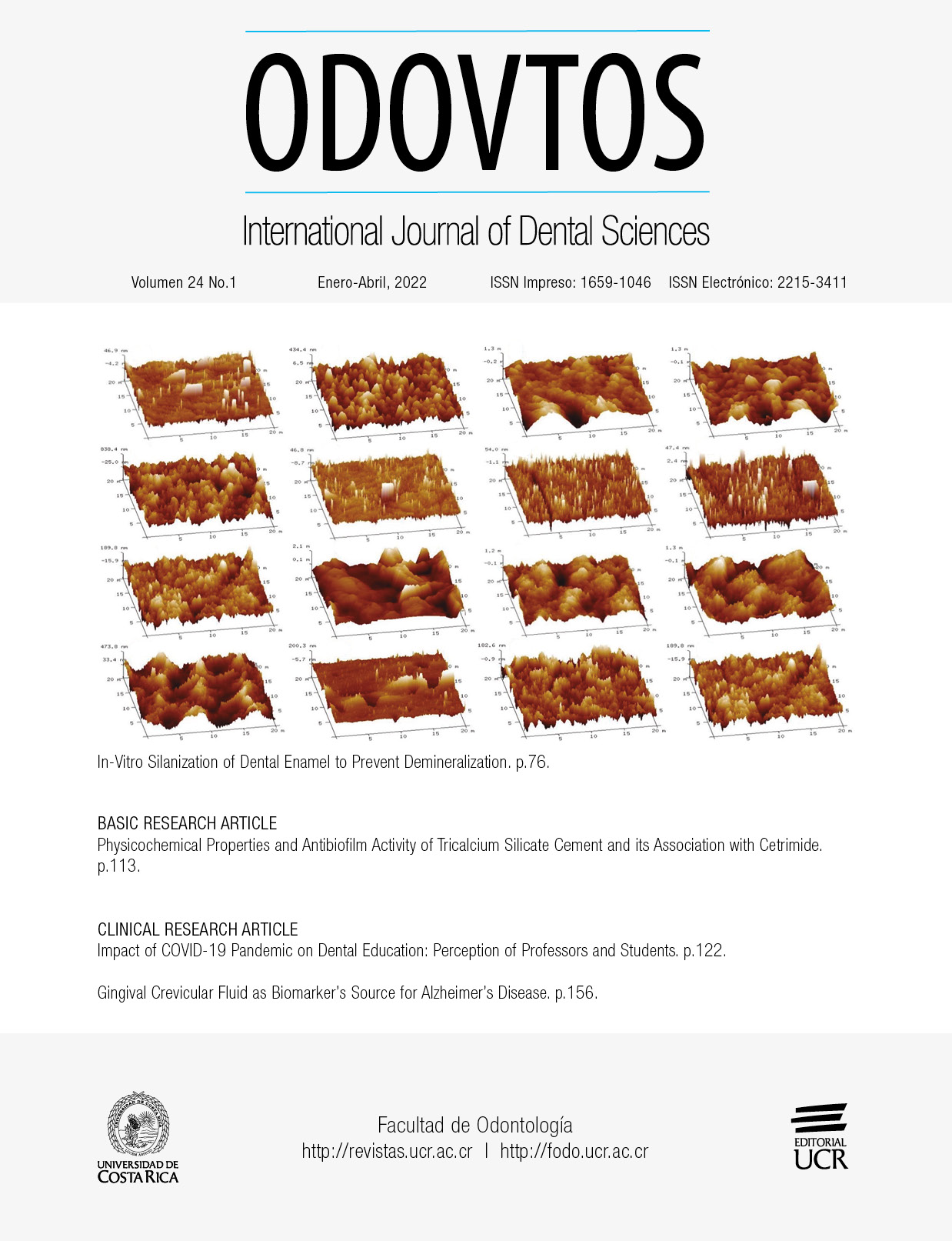Abstract
This study evaluated the effects of alternative self-etch application modes on resin-dentin microtensile bond strength (µTBS) of three commercially available “no wait” concept universal adhesives. In this study extracted impacted non-carious human third molars were used. The flat surfaces were prepared in mid-coronal dentin and prepared with a 600-grit SiC paper. The three universal adhesives that were used are as follows: Clearfil Universal Bond Quick (CUQ, Kuraray Noritake, Japan), G-Premio Bond (GPB, GC Corp, Japan), and a self-curing universal adhesive “Tokuyama Universal Bond” (TUB; Tokuyama Dental, Japan). The following three different application procedures were used for the dentin surfaces: the adhesives were applied and immediately subjected to air-dry; the adhesives were applied followed by a 10-second wait; or the adhesives were rubbed for 10 seconds. Then composite resin was applied to the dentin surface and light cured. After storage in 37°C distilled water for 24 h, all the bonded teeth were cut into 1mm² sections using a low-speed diamond saw (Micracut 125 Low Speed Precision Cutter, Metkon, Bursa, Turkey) under running water (n=15). The sections were subjected to a tensile force at a crosshead speed of 1mm/min in a testing apparatus (Microtensile Tester, Bisco, IL, USA) and µTBS values were measured. Data were analyzed using the Kruskal-Wallis test and Mann-Whitney U test. Failure modes were analyzed under a stereomicroscope. Prolonged application time significantly affected the µTBS (p<0.005). A significant increase of µTBS on active application was observed for CUQ and GPB. The TUB with an active application had a significantly lower µTBS value compared with the other adhesives. Prolonged application time caused significant improvement of bond strength in all adhesives. The active application is effective at increasing the dentin bond strength except for TUB.


